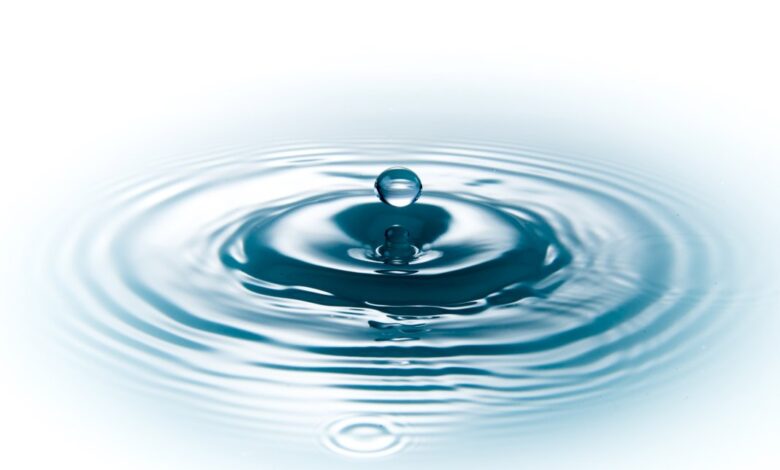Ensuring Water Safety: Identifying Contamination and Improving Quality

Water is an essential part of your life. People use it to cook, bathe, and hydrate themselves. While people take water for granted, everyone forgets about the potential dangers it poses if it’s contaminated. Drinking contaminated water can seriously harm your health and cause long-term illnesses. If you’re not sure about the quality of your water, you’ve come to the right place. Here’s what you need to know about water consumption in the country, signs you’re drinking contaminated water, and how to ensure you’re drinking clean water in your home.
Water Consumption in The U.S.
It’s estimated that Americans consume 322 billion gallons of water daily. This is mainly done through public water systems regulated by the Environmental Protection Agency (EPA). The water from these systems should be clean and safe to drink, but it’s not always the case. There are certain instances where contaminants enter the system, which can cause serious health risks. Staying aware of what could be in your drinking water is important. Here are some signs you might be consuming contaminated water.
1. Unpleasant Taste and Odor
If your water tastes or smells bad, then it could be contaminated. A strong chemical or metallic taste often indicates high levels of chlorine or copper. On the other hand, if you’re experiencing a musty or earthy smell, it could signify the presence of microbes that require immediate attention.

2. Discolored Water
It could be contaminated if you notice any discoloration or cloudiness in your water. Brown or yellowish water can indicate the presence of rust and sediment buildup in the pipes. Meanwhile, green or blue water could mean copper corrosion. Any color that’s unclear is a sign that you could be drinking contaminated water.
3. Skin irritation
Chlorine is commonly used to disinfect water and keep it safe to drink. However, excessive exposure to this chemical can cause skin irritation, rashes, and dryness. If you’re experiencing any of these symptoms after contact with water, it could signify contamination.
4. Digestive Problems
If you’re experiencing stomach cramps, diarrhea, and nausea, it could be due to drinking contaminated water. Bacteria and viruses such as E. coli and Norovirus are common culprits that can cause these symptoms. In severe cases, contaminated water can lead to long-term illnesses such as hepatitis A, typhoid, and cholera.
5. Low Water Pressure
If your water pressure suddenly drops, it could be due to a burst pipe or a significant leak. This can cause the surrounding soil and dirt to seep into the water pipes, contaminating the water supply. Low water pressure is a warning sign that you should check the quality of your water.
Ways to Improve The Water You’re Drinking
The water you drink should be clean and safe to consume. To ensure you’re drinking safe water, here are four ways to improve the quality of your water:
Reverse Osmosis Filter
Filters are crucial for removing contaminants from water. A reverse osmosis filter is one of the most effective purifying drinking water. It removes impurities and chemicals from the water, leaving it fresh and clean. Additionally, you can install a robust reverse osmosis filter replacement if your current one isn’t working correctly. It’s easy to do, and the best part is that it’s more accessible than other options.

Ultraviolet Purification
Ultraviolet (UV) purification is another method to disinfect water from harmful bacteria and viruses. It utilizes UV light to kill the microbes in the water, making it safe to drink. You can install a UV system in your home to ensure you drink clean water.
Total Dissolved Solids Test
Total dissolved solids (TDS) tests are essential for measuring the amount of minerals, salts, and metals in your water. By testing the TDS level, you can determine whether or not your water is safe to drink. Additionally, you can use this test to check if specific contaminants have entered your water supply.
Home Water Treatment Systems
Installing a home water treatment system is an excellent way to ensure your drinking water is clean and safe. These systems filter out impurities such as lead, chlorine, and other contaminants. Additionally, they can also help reduce foul odors and tastes caused by bacteria in the water.
Drinking contaminated water can have severe implications for your health. It’s important to stay alert and aware of the signs that might indicate contamination in your water. You can ensure you consume clean and safe drinking water by utilizing simple techniques such as reverse osmosis filters, UV purification, TDS tests, and home water treatment systems.
For more valuable information visit our website.






